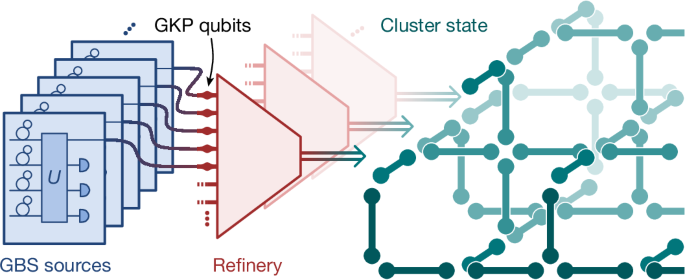
"Photonic architectures for quantum computing face the challenge of converting classical light into non-classical states, essential for effective qubit encoding and operations."
"Utilizing traditional nonlinear optical interactions, squeezed vacuum states can be generated, facilitating probabilistic single-photon sources required for computational tasks."
The article explores the challenges faced by photonic architectures in quantum computing, specifically the need to convert classical light from sources like lasers into non-classical resource states. Key techniques involve using parametric nonlinear optical interactions, particularly spontaneous parametric downconversion and spontaneous four-wave mixing, to generate squeezed vacuum states. These states are crucial for quantum sensing and processing tasks. However, achieving high-purity single photons for qubit encoding demands further processing and multiplexing techniques, which must overcome optical losses and the non-deterministic nature of certain operations, often necessitating cryogenic environments for system integration.
#quantum-computing #photonics #qubit-encoding #non-linear-optical-interactions #quantum-information-processing
Read at Nature
Unable to calculate read time
Collection
[
|
...
]